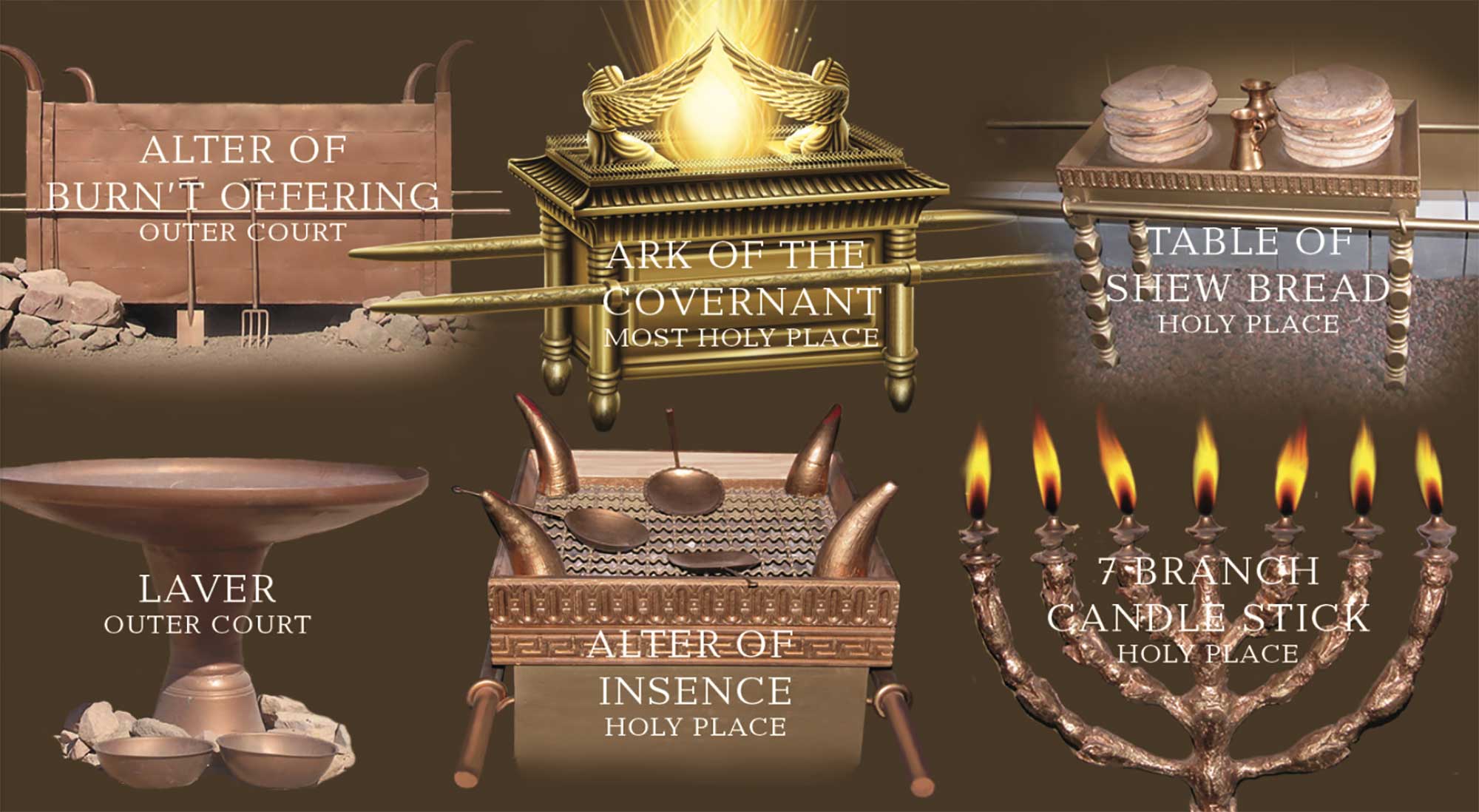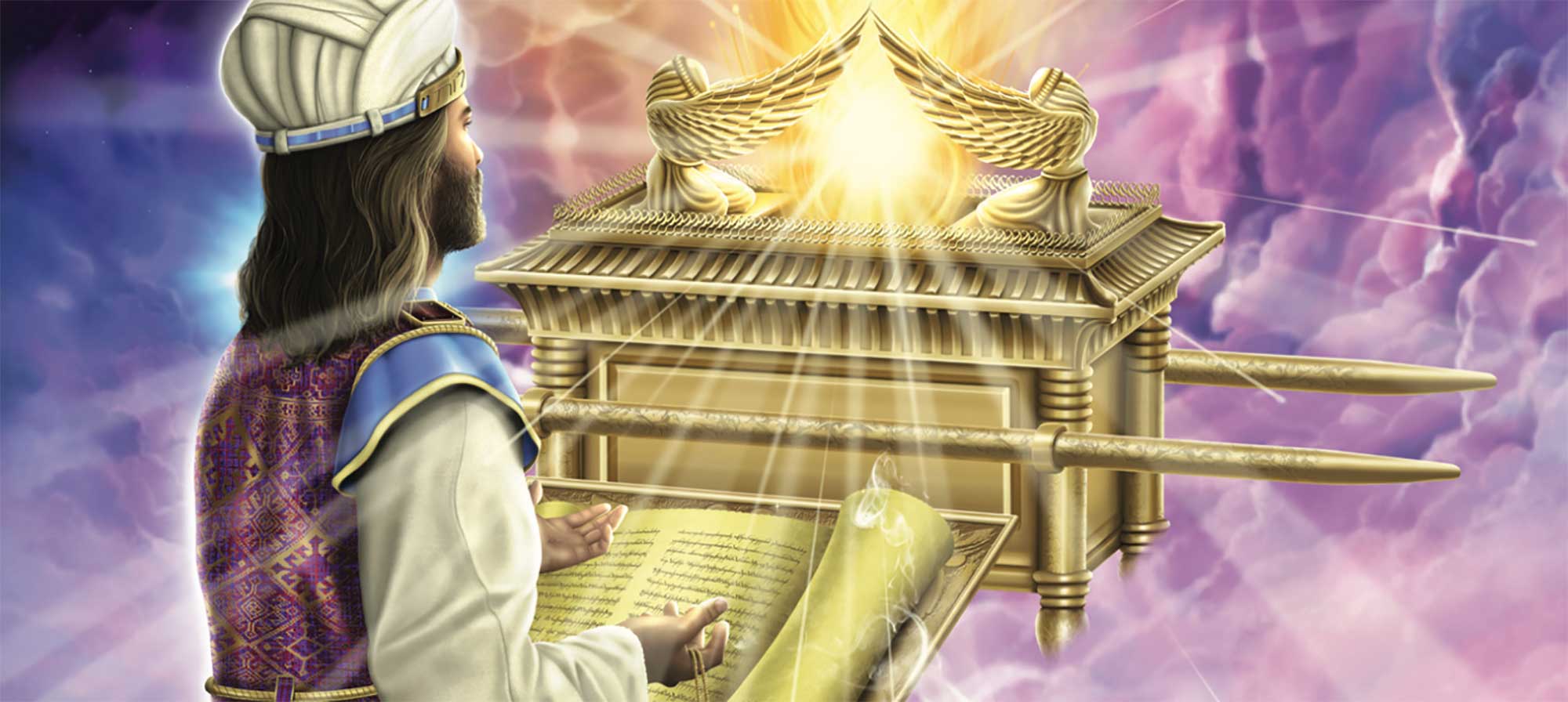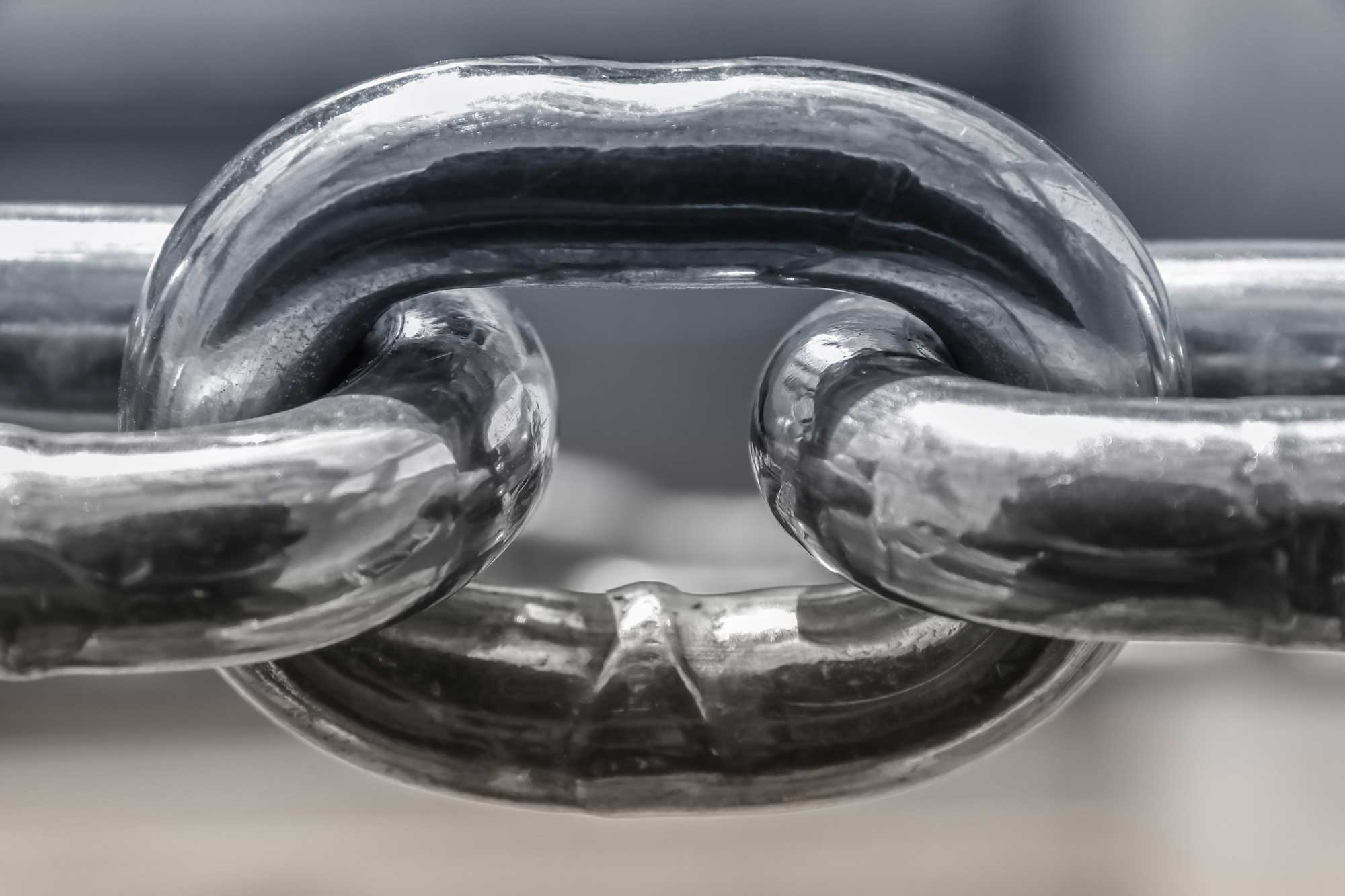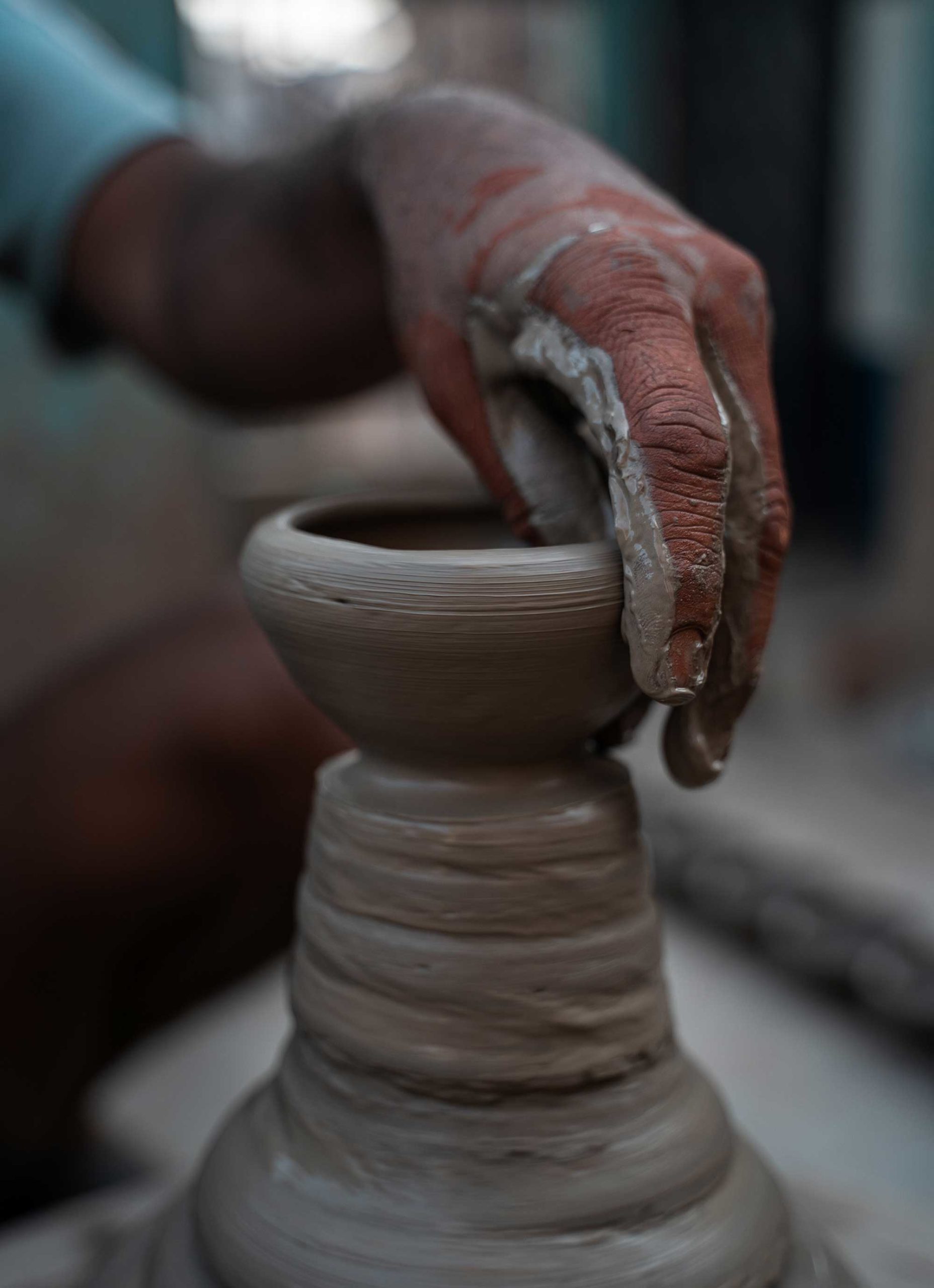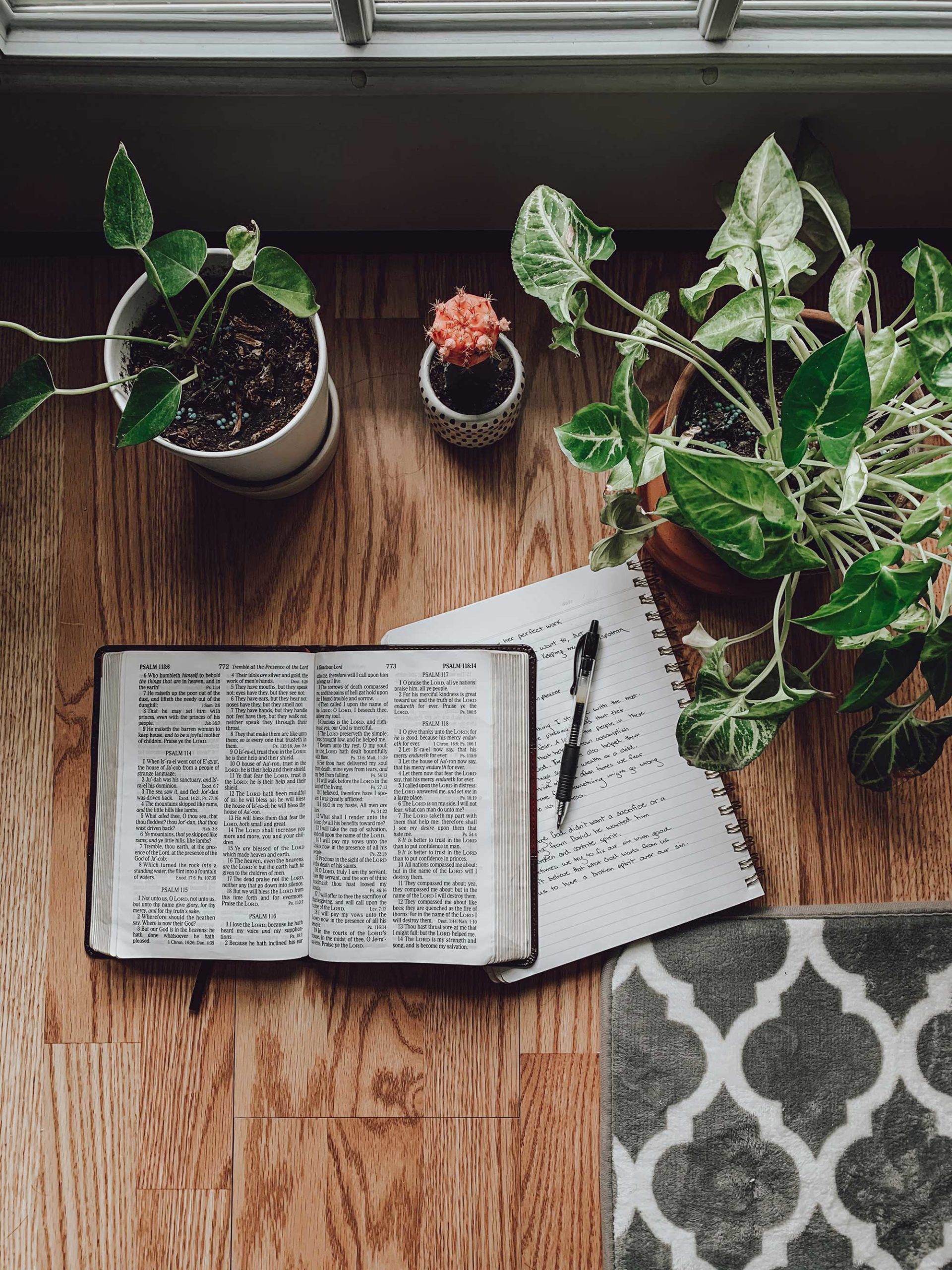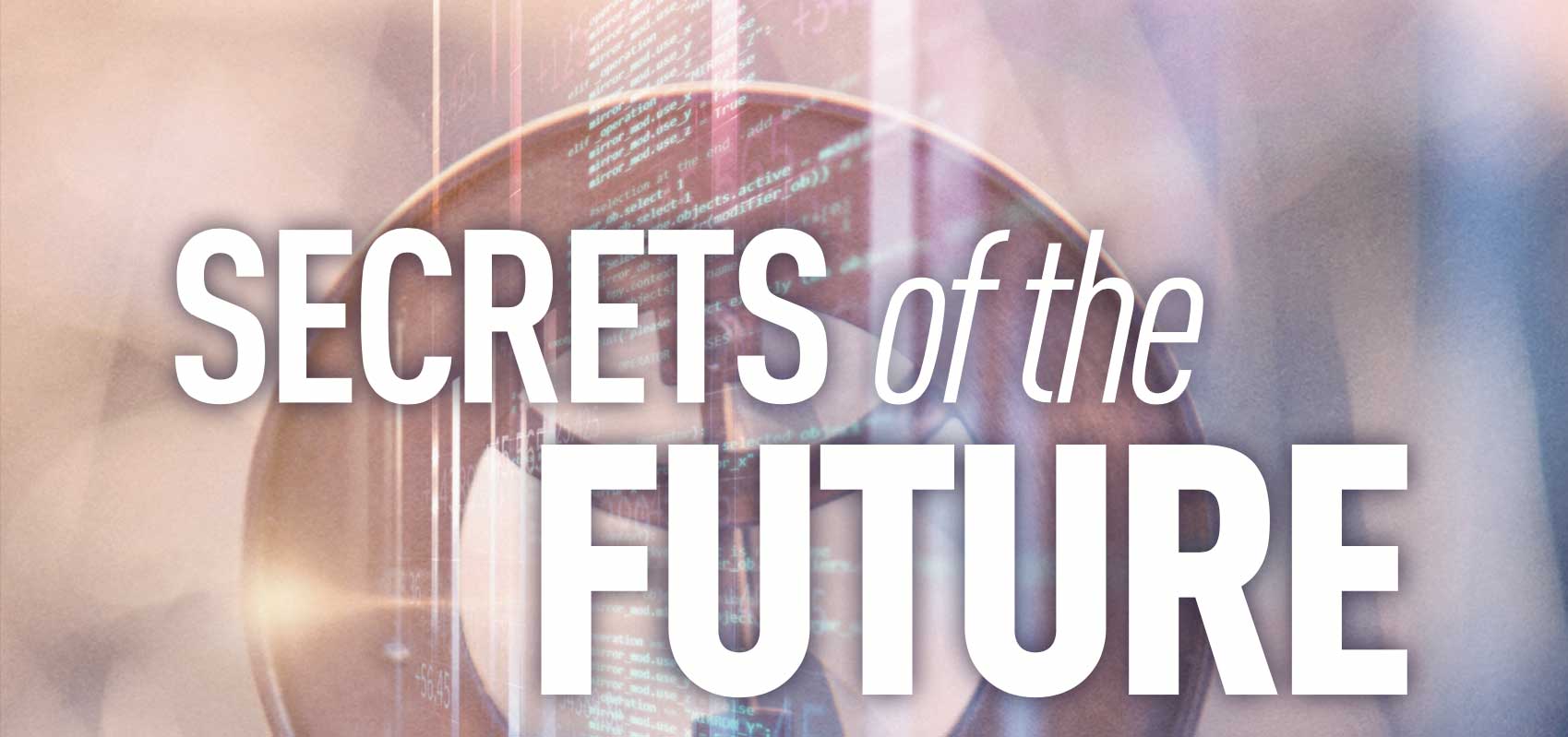
REBUILDING THE TEMPLE- Part 9
“Jerusalem, the “city of peace”, has a history of bloodshed and destruction.
For thousands of years, armies from all over the world have fought over this city and today Jerusalem is still one of the most volatile places in the world.
The most prized possession in Jerusalem is the Temple Mount.
This small area of the planet is a sacred site to three major world religions.
Conflict over this location has the potential to divide the world or even start a global war.
The Temple Mount is currently under Muslim control.
This sacred site is recognised as the departure point for the prophet Mohammed, bound for paradise.
If you visit the Temple Mount you will notice two beautiful Muslim shrines – the Dome of the Rock and the Al-Aqsa Mosque.
To the Jew this is the holiest site in the world.
It is the home of their two most famous temples: Solomon’s temple (destroyed by the Babylonians) and Herod’s temple which was burnt to the ground by the Romans.
This location is the spiritual soul to the Jew.
They are determined to reclaim the site and build a new Jewish temple.
Many Christians, who also see this as a sacred site, are sympathetic to the Jews and support the building of the temple.
Some years ago an Australian religious enthusiast, Michael Rohan, entered the Temple Mount and set fire to the Al-Aqsa mosque.
Having read an article in a religious paper, he was attempting to help the Jews rebuild their temple. The attempt failed and only stirred up greater hostility.
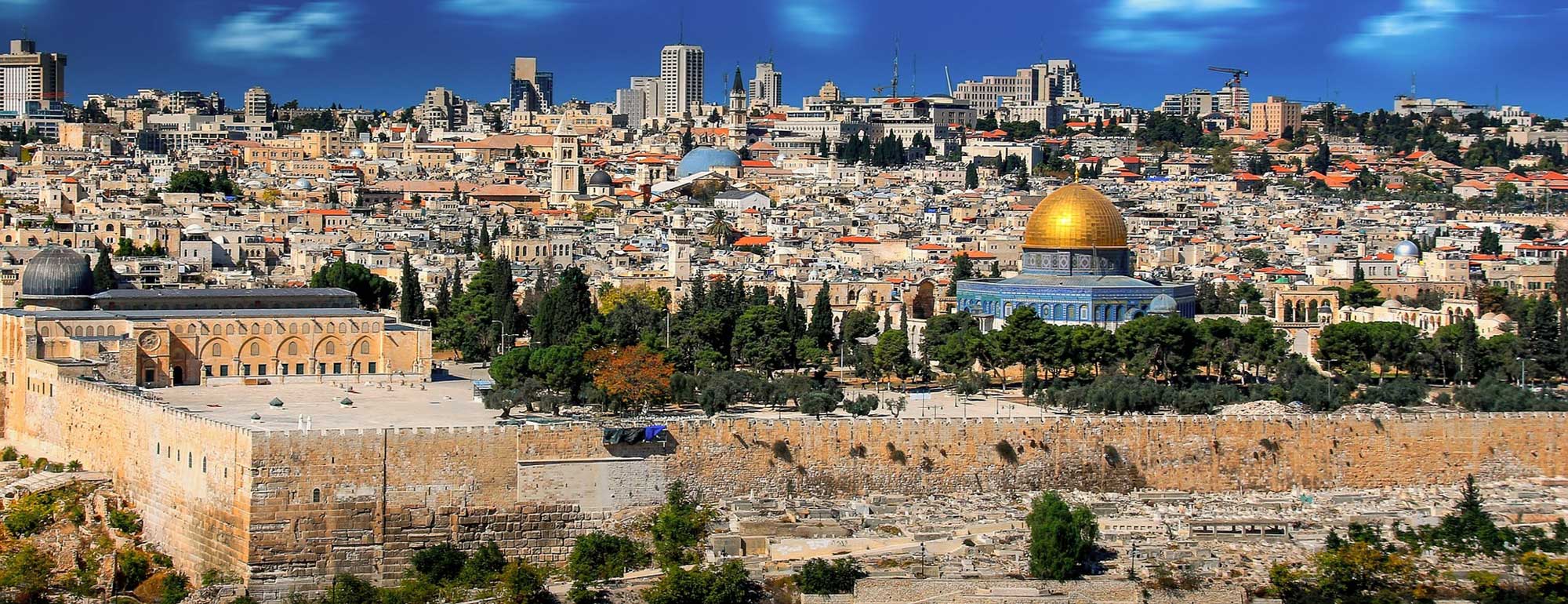
In recent years the Jews have begun their planning in earnest.
The Temple Institute, situated in the Jewish quarter of the old city, has already made 60 sacred temple vessels including the Menorah (seven-branched candlestick) and the precious stones for the breastplate of the High Priest.
They also have highly advanced architectural drawings for the new temple itself.
There is no compromise.
This temple must be built on the original site of the Temple Mount.
Two Talmudic schools, located near the Western Wall, are now teaching hundreds of students the finer details of the ancient sanctuary symbols and services.
There are also plans to reintroduce animal sacrifices once the temple has been restored; with a new breed of red heifers currently being raised in southern Israel.
What will eventuate from this sensitive situation remains to be seen.
But according to the Bible, should the temple be rebuilt?
What was the purpose of the ancient temple (also known as the tabernacle or sanctuary)?
What did all the symbols and ceremonies represent?
And do we need a high priest or animal sacrifices today?

Q1 – WHAT WAS THE MAIN PURPOSE OF THE JEWISH SANCTUARY?
And let them make Me a sanctuary, that I may dwell among them. Exodus 25.8
God created humans for love and companionship.
He even made us in His “own image” so we could understand Him better and learn to love Him more.
When our original parents sinned, an intimate friendship with God was made more difficult.
Instead of talking “face to face”, sin automatically raised a barrier between mankind and our pure and holy God (Isaiah 59:2).
The sanctuary provided a means where God could live with His people.
His presence (the “Shekinah glory”) would permanently stay in the sanctuary.
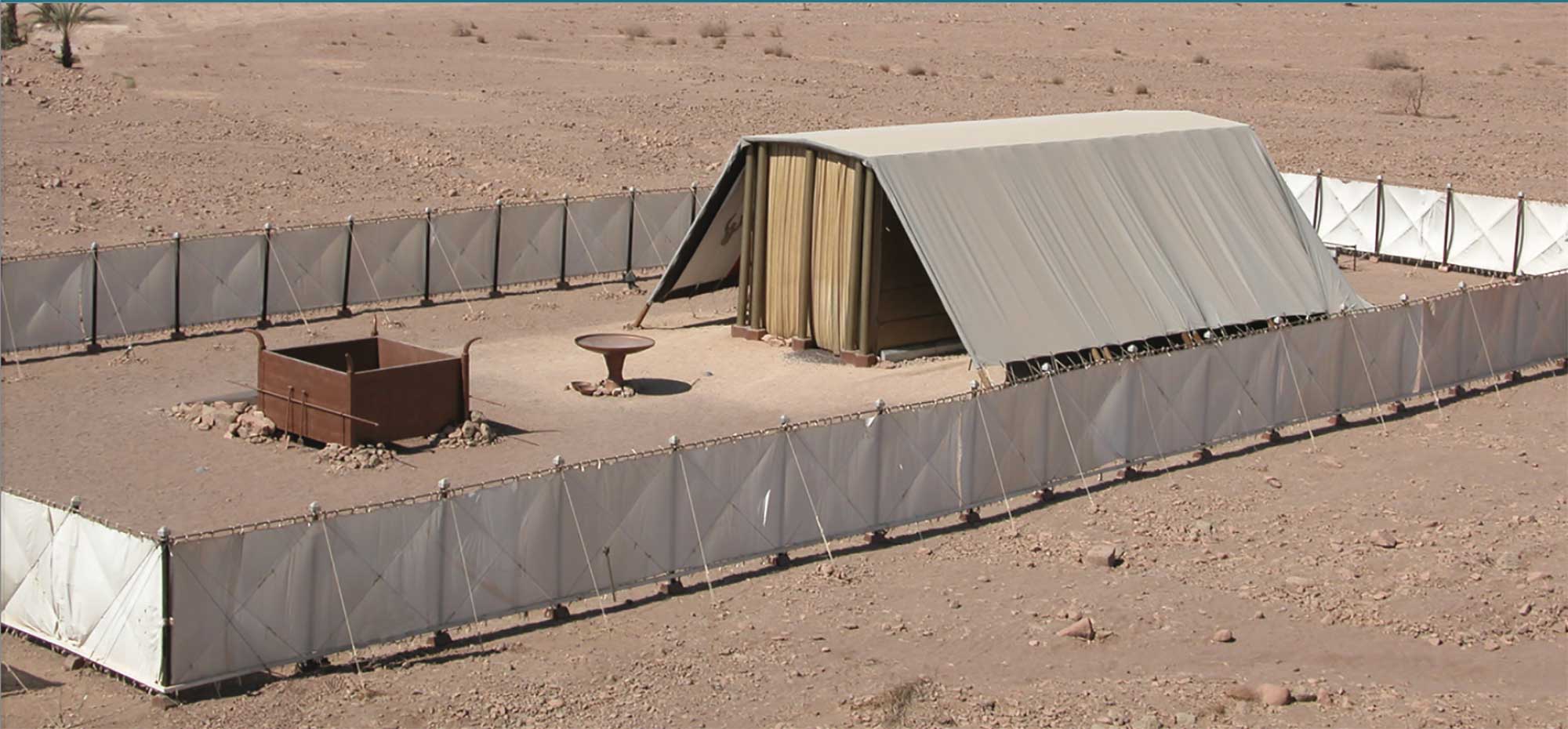
In this way, God went wherever His people went. God guided, provided and protected His people.
The sanctuary symbols and services taught the people to know and understand their loving God.
Q2 – WHAT DID GOD SHOW HIS PEOPLE THROUGH THE SANCTUARY AND ITS SERVICES?
Your way, O God, is in the sanctuary; Who is so great a God as our God? Psalm 77.13
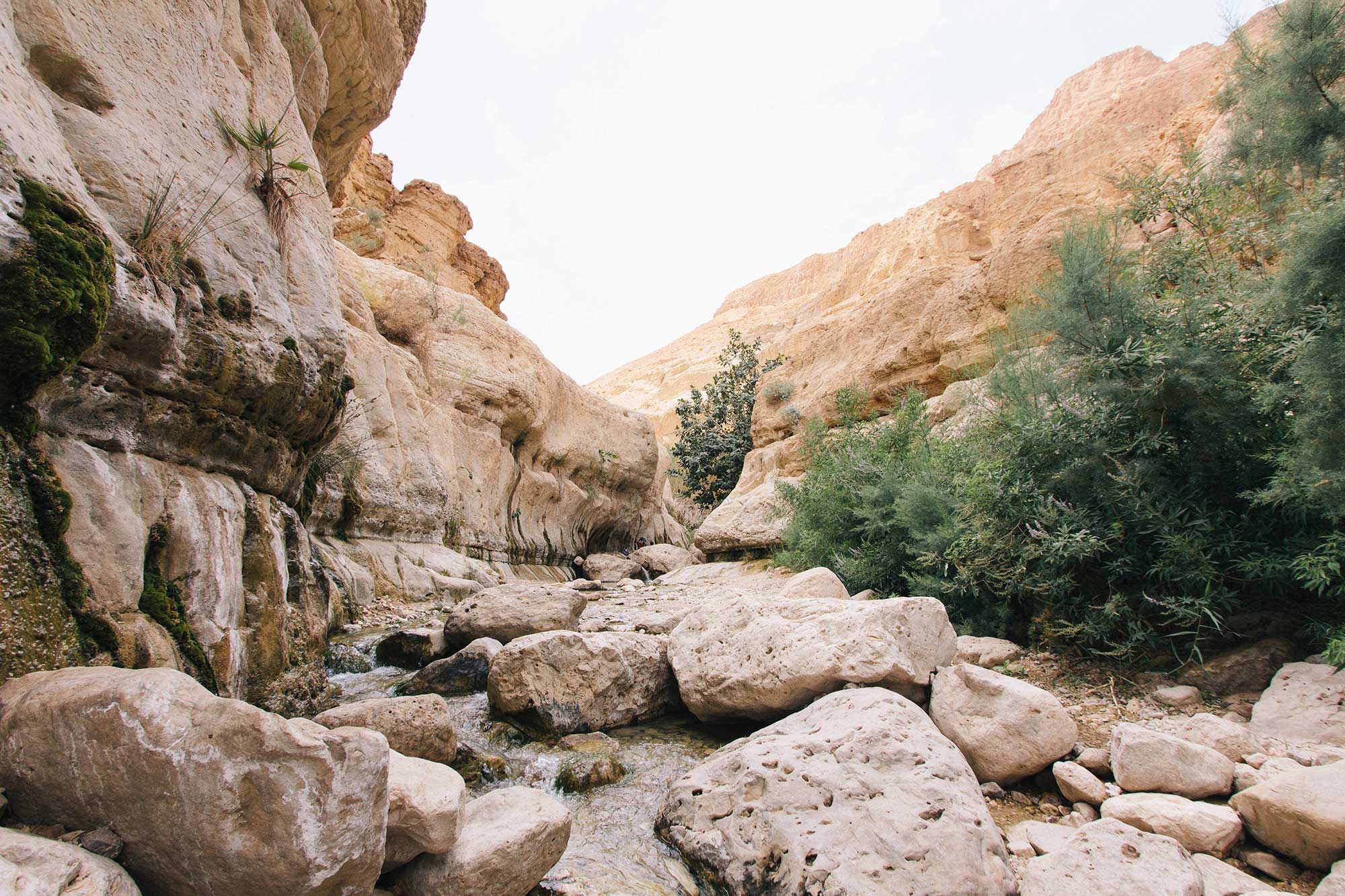
The sanctuary was a three-dimensional model given to the Jews to show them God’s way.
In particular, His way to salvation. The subject of the sanctuary covers nearly half the Bible, and involves a wide variety of symbols and ceremonies.
The sanctuary is a prophecy outlining the complete gospel story in detail.
It introduces the God of judgment and demonstrates how God will ultimately and eternally solve the problem of sin.
Many other prophetic books, including Daniel and Revelation, base their prophecies on the subject of the sanctuary.
In fact, the sanctuary and its services are mentioned over 90 times in Revelation alone.
There are few, if any, more important Bible topics for us to understand than the sanctuary.
Q3 – WHAT WAS THE CENTRAL TEACHING OF THE SANCTUARY?
And according to the law almost all things are purified with blood, and without shedding of blood there is no remission. Hebrews 9.22
The sanctuary service was based on the sacrifice of animals.
This heart- wrenching ceremony taught that the shedding of blood was required to obtain forgiveness (remission) and cleansing from sins.
Blood is a symbol of life (Leviticus 17:11).
Only the blood from the life of the One who was sinned against (God and His law), could provide forgiveness for the sinner.
Jesus was the Lamb of God who gave His blood to take away the sins of the world.
Through the sanctuary, God demonstrated the great cost of sin.
Through the blood of animals, God pointed towards the promised Saviour and substitute, Jesus Christ.
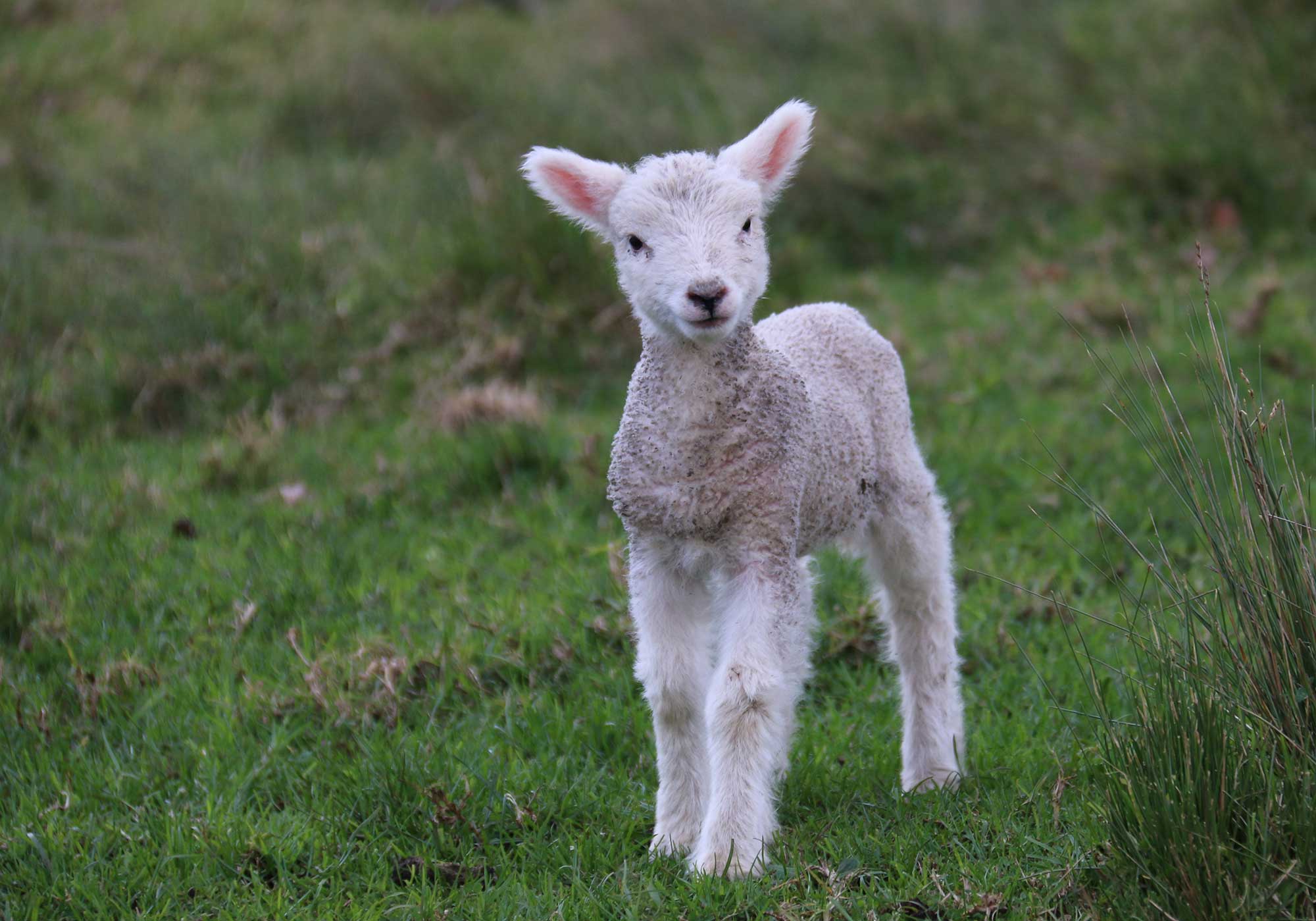
Q4 – WHERE DID MOSES GET THE PLANS TO HELP HIM BUILD THE SANCTUARY?
According to all that I show you, that is, the pattern of the tabernacle and the pattern of all its furnishings, just so you shall make it. you shall make it. Exodus 25.9.
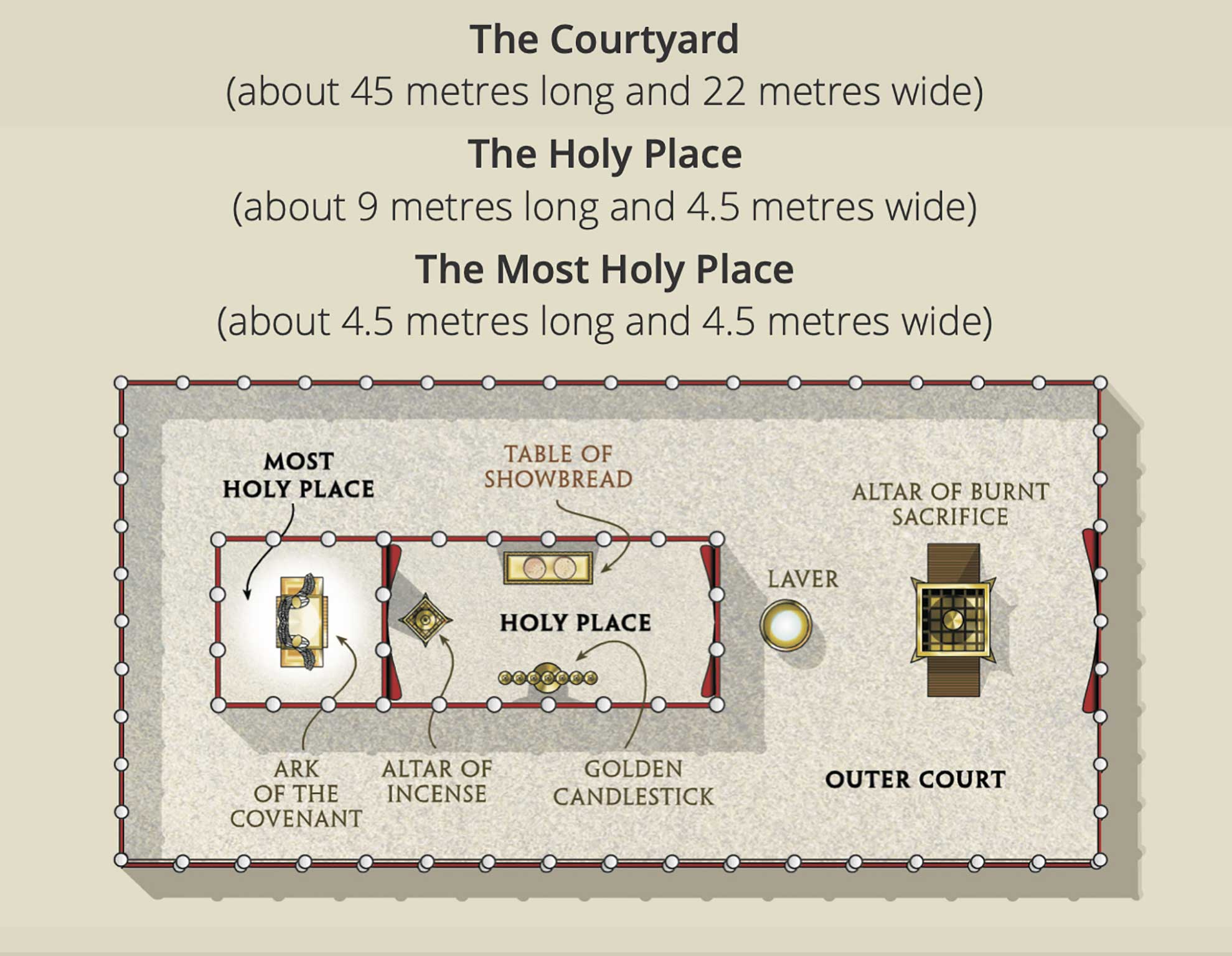
When Moses built the sanctuary (also known as the tabernacle), he didn’t need his best architects to help him.
God gave him the blueprints from Mt Sinai. The sanctuary was meticulously designed by God, and every symbol and ceremony was significant.
The original sanctuary was not a giant temple located on the Temple Mount.
It was a tent in the desert (see Exodus 25-40 for the detail).
It was portable, and the Jews would transport the sanctuary as they travelled through the wilderness.
A life-sized replica of the Jewish sanctuary was built a few years ago by a kibbutz in the Judean desert.
Thousands of tourists visit this tabernacle each year.
The desert sanctuary was made of a variety of materials including acacia wood, goat’s hair, ram’s skin dyed red, badger’s skin, along with silver and gold.
The sanctuary consisted of three aspects:
The Courtyard
The courtyard set a boundary around the sanctuary.
There was only one entrance – through the front curtain (or veil).
It was through this veil, the sinner would come with a lamb.
Within the courtyard precinct was the altar of burnt offerings (Exodus 40:6) where the animals were sacrificed.
There was also a laver (Exodus 40:7) where the priests washed their hands and feet prior to entering the sanctuary.

The Holy Place
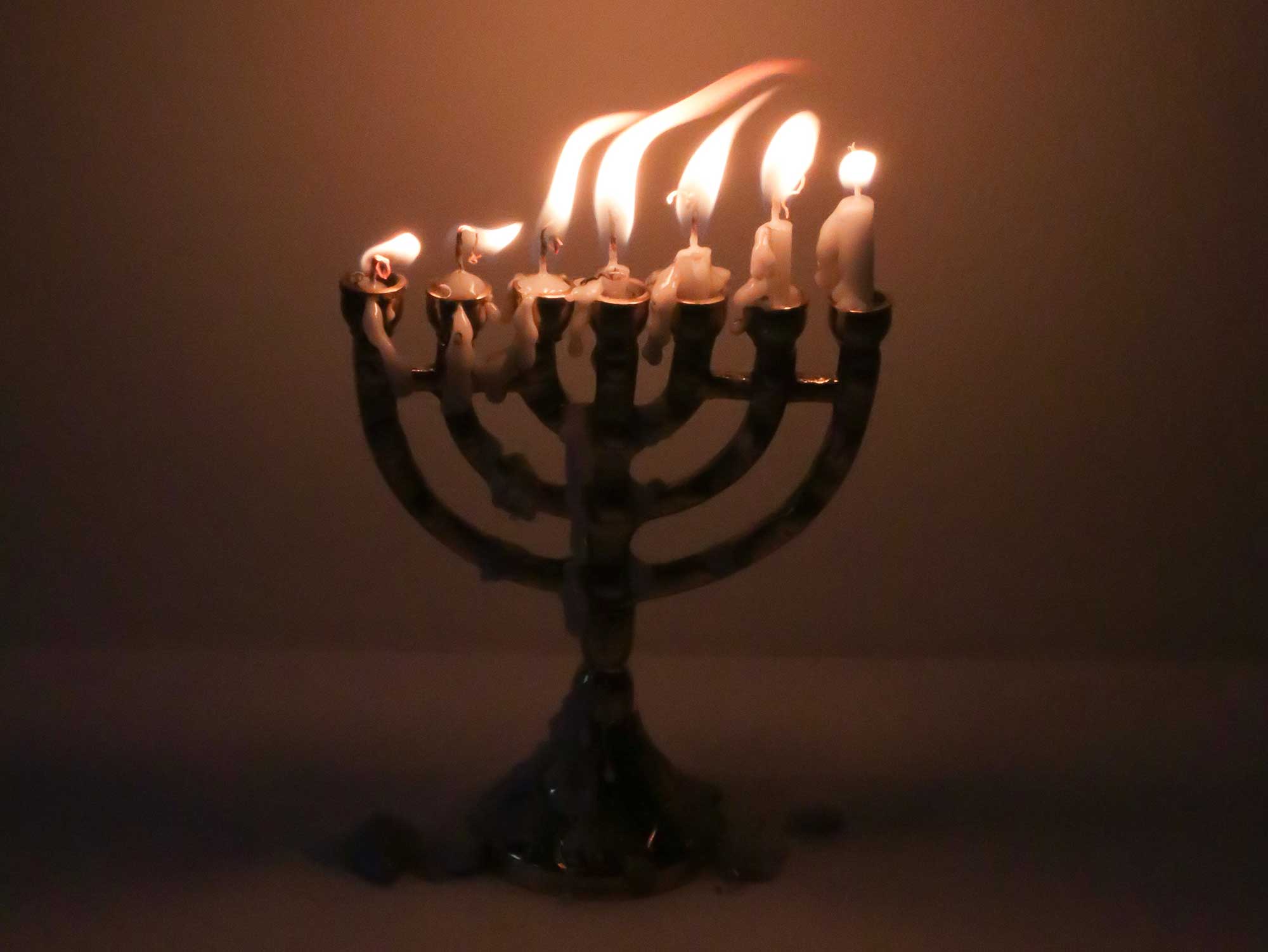
In the Holy Place was a seven-branched candlestick (Menorah) (Exodus 25:31-40), continually kept alight with oil.
There was the altar of incense (Exodus 30:7,8) where incense burnt continually.
There was the table of showbread (Exodus 25:23-30) that held 12 loaves of flat bread.
The Most Holy Place
It was in the Most Holy Place that the presence of God lived.
This was the home of the Ark of the Covenant (Exodus 40:3).
On the Ark stood two angels made of pure gold, watching over the mercy seat of the Ark (Exodus 25:17-22).
Inside the Ark was the most awesome part of the sanctuary – the law of God – the Ten Commandments, written personally by the finger of God (Deuteronomy 10:4,5).
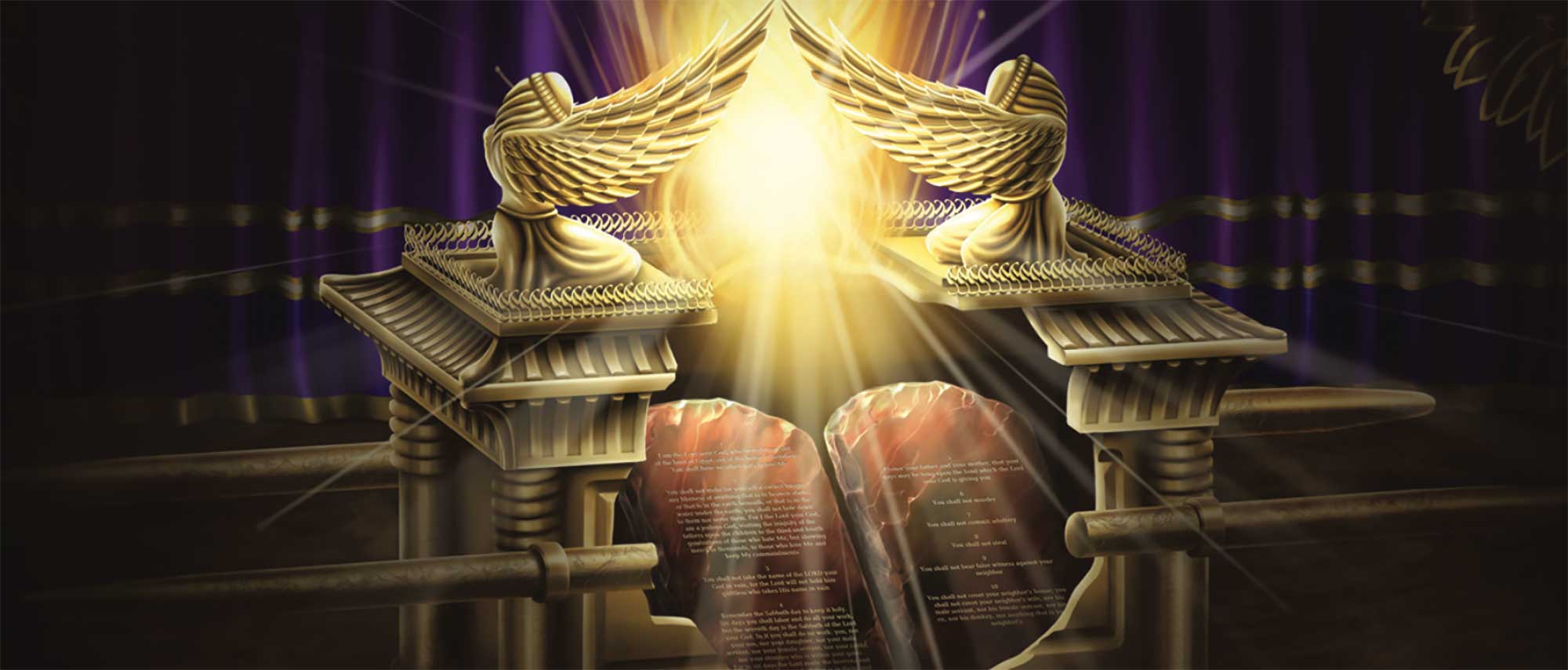
Q5 -HOW DID THE SINNER RECEIVE FORGIVENESS FOR SINS?
Then he shall lay his hand on the head of the sin offering, and kill it as a sin offering at the place where they kill the burnt offering. Leviticus 4.33
When a person sinned there were awful and bloody consequences.
The sinner would take a lamb (possiblya much-loved personal pet of the family) and move towards the sanctuary.
You can just imagine the gossip and rumours as that person passed his friends along the way.
The sinner took the lamb, and as he walked through the veil, he approached the altar of burnt offering.
He then placed his hand on the head of the lamb and confessed his specific sins onto that lamb (Leviticus 5:5).
The sinner had symbolically transferred his sins onto that lamb and that lamb must now die.
In what must have been a most difficult process, the sinner now killed the lamb himself.
Depending on the sacrifice, the priest either ate part of the animal or took its blood and sprinkled it inside the sanctuary.
Thus the sin was transferred from the sinner, to the lamb, to the priest and into the sanctuary.
The sinner could then walk away free from the penalty of sin.
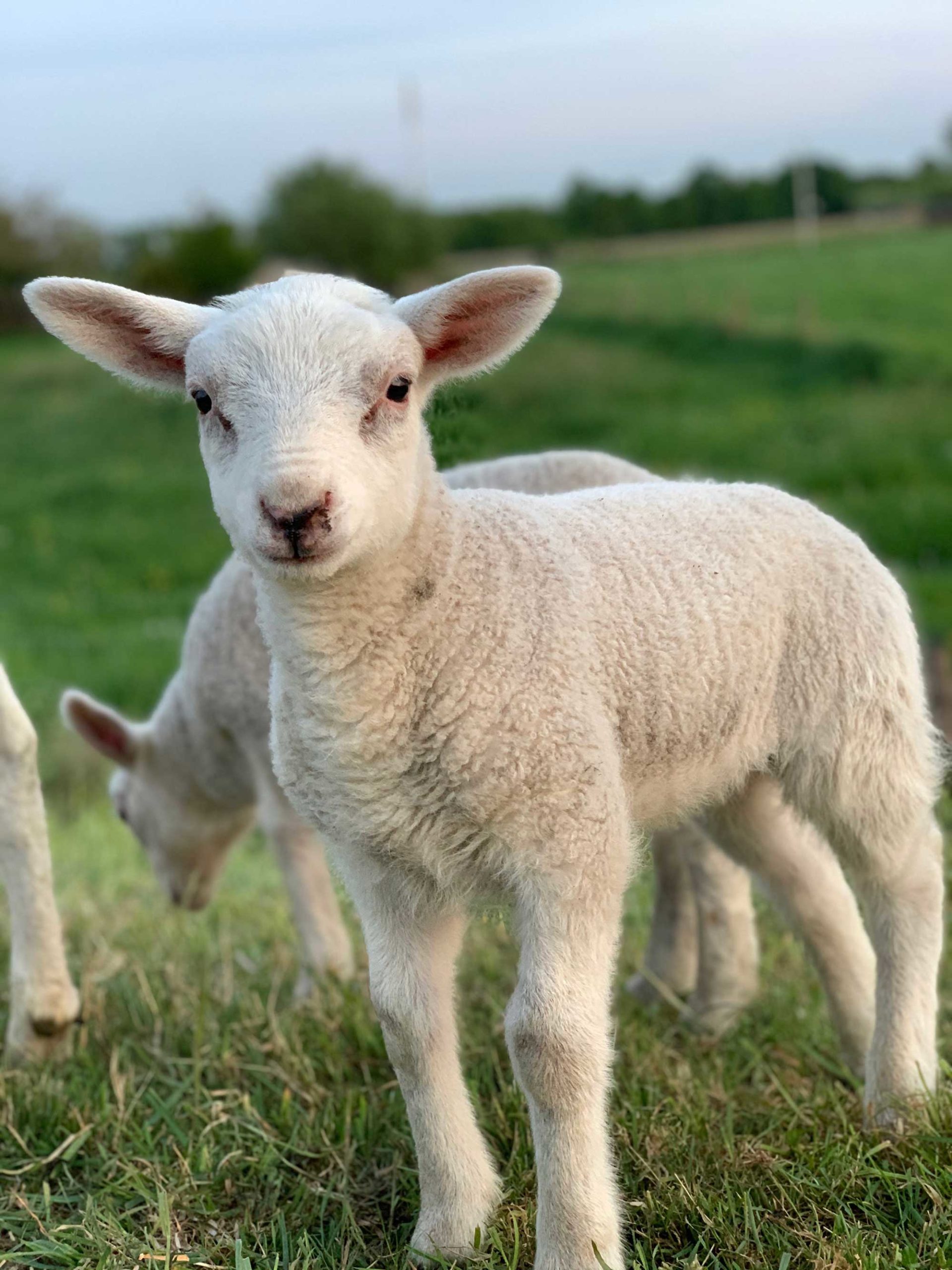
Q6 – ON WHICH PATTERN WAS THE JEWISH SANCTUARY MODELLED?
Now this is the main point of the things we are saying: We have such a High Priest, who is seated at the right hand of the throne of the Majesty in the heavens, a Minister of the sanctuary and of the true tabernacle which the Lord erected, and not man. Hebrews 8.1,2
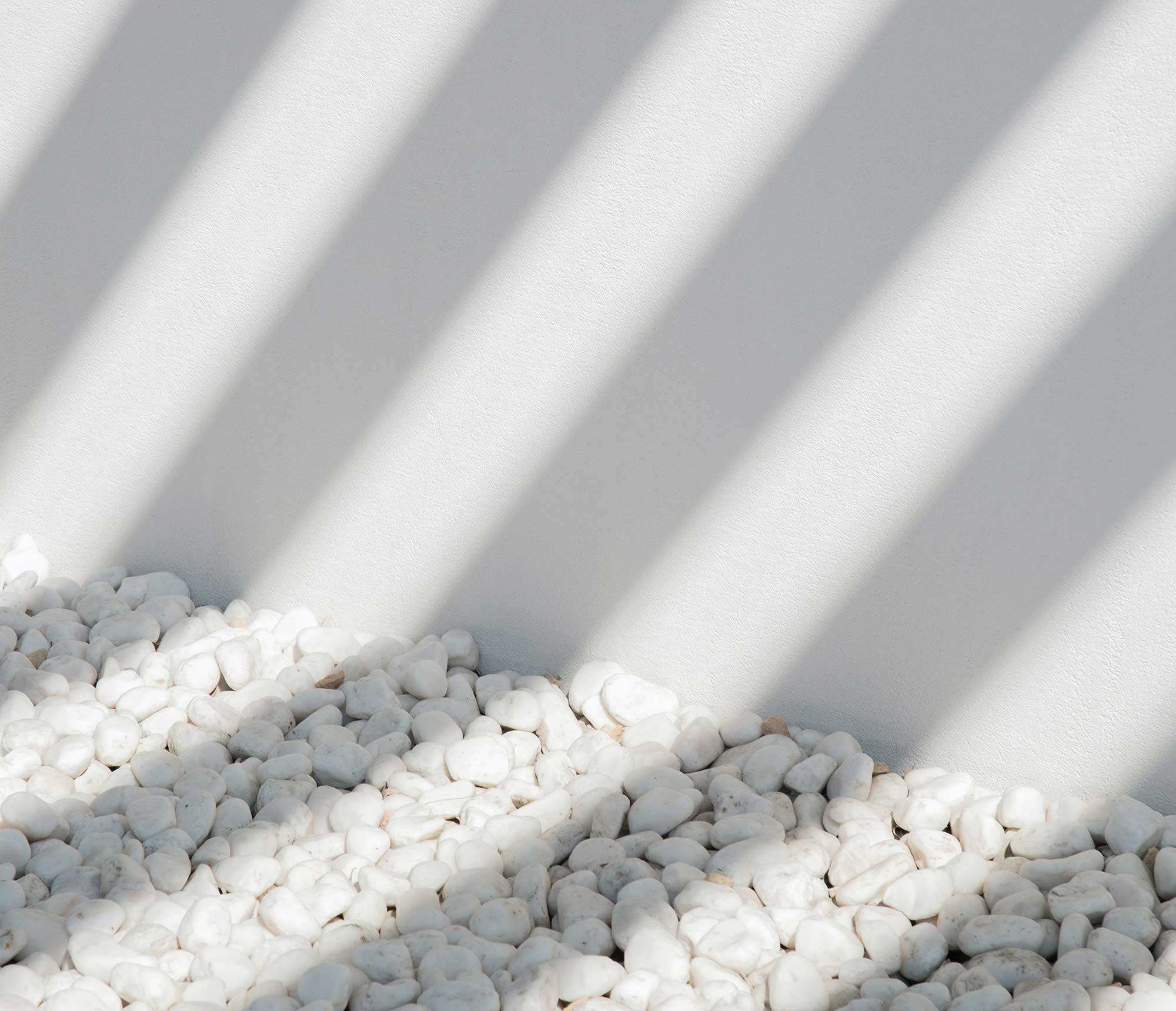
The earthly sanctuary was a pattern (or copy) of the sanctuary in heaven.
The sanctuary that Moses built was a “shadow” reflecting the true and majestic temple that God built.
The writer of Hebrews told the Jews the main point was this: there is a High Priest providing salvation in the sanctuary of heaven.
To this day, it is pointless building a new temple in Jerusalem.
The true sanctuary has already been built.
It is in heaven. That should be our focus.
It is no wonder that all end time prophecies describe the temple in heaven, not earth.
Q7 – WHAT DID JESUS DO IN THE “COURTYARD” OF THIS EARTH?
Behold! The Lamb of God who takes away the sin of the world! John 1.29
God also made a sacrifice to provide forgiveness.
Much more precious than a pet animal, Jesus, the Lamb of God, was God’s Son.
It was in the courtyard of the earthly sanctuary that the animal was sacrificed, and it was on this earth that Jesus died.
The death of Jesus was a perfect sacrifice that, unlike the animal sacrifice, was only required once.
The veil in the earthly sanctuary ripped from top to bottom (Matthew 27:51) as Jesus brought an “end to sacrifice and offering” (Daniel 9:27).
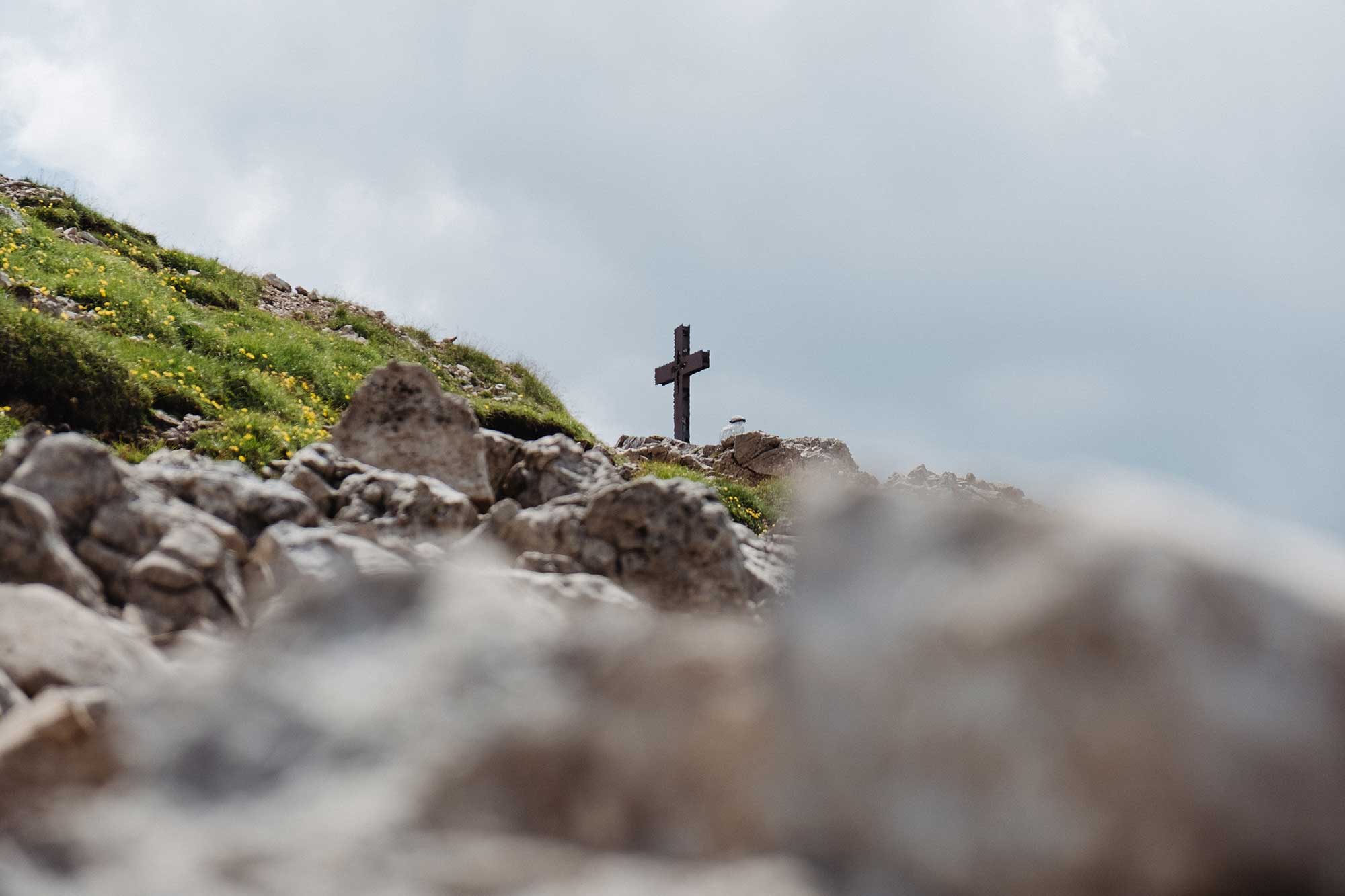
Q8 – WHOW DOES THE FURNITURE IN THE SANCTUARY REPRESENT JESUS?
Each article of furniture in the sanctuary represents an aspect of Jesus in His work to save us from sin.
To illustrate:
